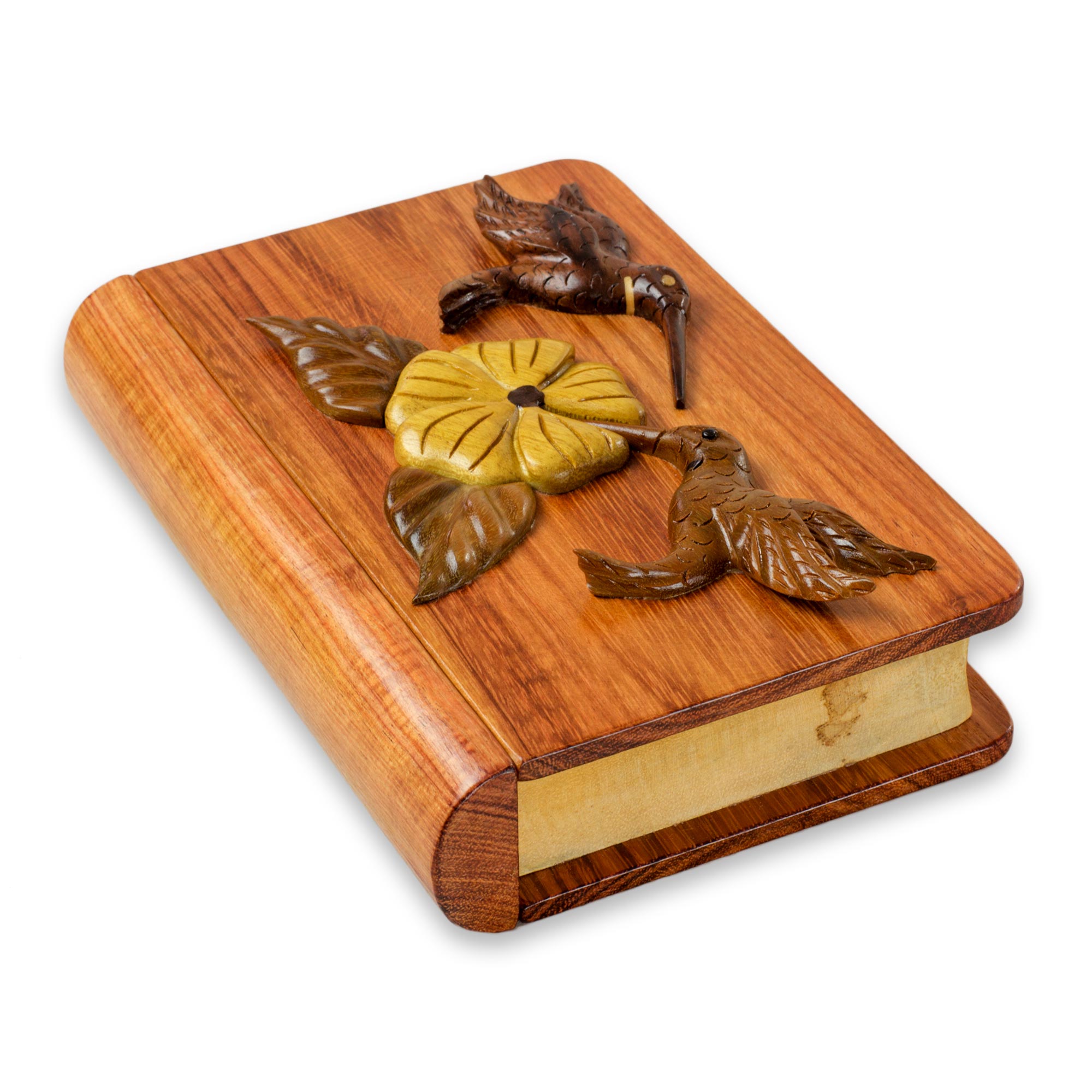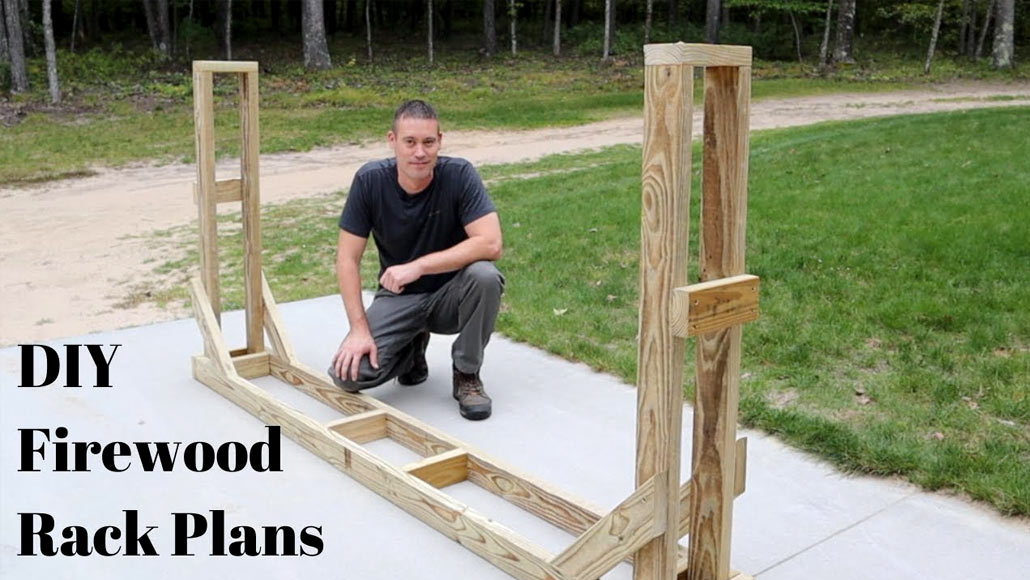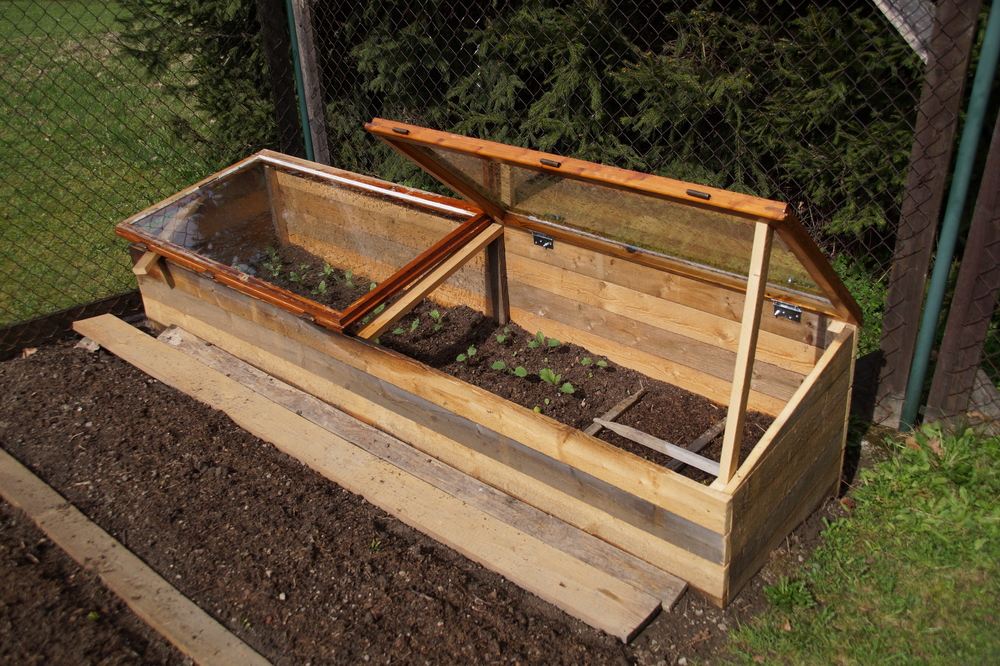
Build a Wooden Bench That Doubles as a Coffee Table: Your DIY Guide
Hey there, DIY enthusiasts! Ready to take your furniture game to the next level? We're about to dive into a project that's both practical and stylish: building a wooden bench that transforms into a coffee table. Sound intriguing? Let's get started!
Why Build a Bench-Table Hybrid?
This piece of furniture is a real space saver. Imagine a bench for cozy reading sessions, movie nights, or extra seating for guests, that effortlessly converts into a coffee table when you need it! It's the perfect solution for small spaces, multi-functional living areas, or just folks who love the idea of versatile furniture. Plus, building it yourself lets you personalize the design to perfectly fit your home and style.
Planning Your Bench-Table Masterpiece
Before you dive into the sawdust, let's get organized. Here's what we'll cover:
1. Choosing Your Wood
Wood is the heart of your project. Here's a quick breakdown to help you pick the right one:
- Hardwoods (like oak, maple, or walnut) are strong and durable, but pricier. They'll make a stunning statement piece.
- Softwoods (like pine or cedar) are budget-friendly and easy to work with. They'll create a more rustic look.
- Reclaimed wood gives your project character and a unique story. Just make sure it's sturdy enough for your bench-table.
Think about the look and feel you want for your piece, your budget, and how much weight it needs to hold. Don't be afraid to mix and match different wood types for a unique look.
2. Measurements, Measurements, Measurements!
Get out your tape measure and pencil! Here's what to consider:
- Bench length: How many people will sit comfortably? Think about the size of your space and what makes sense.
- Bench depth: Aim for a depth that allows for comfortable sitting and legroom. Around 18-24 inches is a good starting point.
- Bench height: This will determine the height of your coffee table, so choose a height that's comfortable for sitting and works well with your existing furniture.
- Tabletop thickness: A thicker tabletop will be sturdier but may need extra support. A thinner tabletop will be lighter but might need more careful handling.
Draw a sketch of your bench-table to visualize the dimensions and make sure you're happy with it. Don't forget to factor in the thickness of your chosen wood!
3. Materials and Tools
Gather your supplies before you start cutting and assembling. Here's a basic list:
- Wood (based on your measurements and design)
- Wood glue
- Wood screws (various lengths)
- Finishing nails (if needed)
- Sandpaper (various grits)
- Wood stain or paint (optional)
- Polyurethane or other wood finish (optional)
- Saw (circular, miter, or jigsaw)
- Drill with drill bits
- Clamps
- Level
- Measuring tape
- Pencil
- Safety glasses
- Work gloves
This is a general list. You might need additional materials and tools depending on your specific design. Always double-check your requirements before starting!
Building Your Bench-Table: Step by Step
Now for the fun part! Let's break down the construction process:
1. Cutting the Wood
Carefully cut your wood according to your measurements. This is where a circular saw, miter saw, or jigsaw comes in handy. Remember to always wear safety glasses and work gloves. Take your time and double-check your measurements! It's much easier to fix a small mistake now than later.
2. Building the Bench Frame
The bench frame will form the base of your piece. You can choose between a simple rectangular frame or a more decorative design. Use wood glue and screws to secure the frame pieces together. Use clamps to hold everything in place while the glue dries. Make sure the frame is level and square before moving on.
3. Adding the Bench Top
Once the frame is solid, attach the bench top using glue and screws. You can create a single, continuous bench top or use multiple boards to give it a more rustic look. Make sure the tabletop is flush with the frame and level. You can add a decorative trim around the top for a finished look.
4. Building the Tabletop Supports
This is where the "coffee table" part comes in. The tabletop supports will hold the table section when it's flipped over. You can create simple supports using wooden blocks or get more creative with intricate designs. Attach the supports securely to the underside of the bench top using glue and screws. Make sure the supports are positioned correctly for a stable table setup.
5. Creating the Tabletop
Cut the wood for your tabletop according to your measurements. Use glue and screws to attach the pieces together. You can create a single, continuous tabletop or use multiple boards for a more rustic look. Sand the tabletop smooth before moving on to the finishing steps.
6. Finishing Touches
The finishing touches add the final wow factor! Sand all surfaces to create a smooth, even finish. You can choose to stain, paint, or simply apply a clear sealant to protect the wood. You can also add decorative hardware or metal accents for a unique look. Let the finishing coat dry completely before using your bench-table.
Commonly Asked Questions
1. What type of hinges are best for a bench-table?
Heavy-duty hinges are essential to ensure your table flips smoothly and safely. Look for hinges that are rated for the weight of your tabletop and can handle frequent use.
2. How can I make my bench-table more stable?
Use high-quality wood and strong, well-placed supports. Adding bracing to the frame and tabletop will also increase stability. Consider using thicker wood for the tabletop and supports if you're worried about stability.
3. Can I use the bench-table outdoors?
It depends on the materials you choose. If you're using wood that's weather-resistant and treated with outdoor sealant, it can handle the elements. However, if you're using a more delicate wood, it's best to keep your bench-table indoors. Always check the specific care instructions of your chosen materials.
4. What are some ideas for styling my bench-table?
The possibilities are endless! You can add throw pillows and blankets to the bench portion for extra comfort. As a coffee table, consider adding a vase of flowers, a stylish coffee table book, or a tray with candles and decorative objects. The key is to personalize it to reflect your style and taste!
There you have it! A guide to building a wooden bench that doubles as a coffee table. Remember, take your time, enjoy the process, and don't be afraid to get creative. Happy building!











